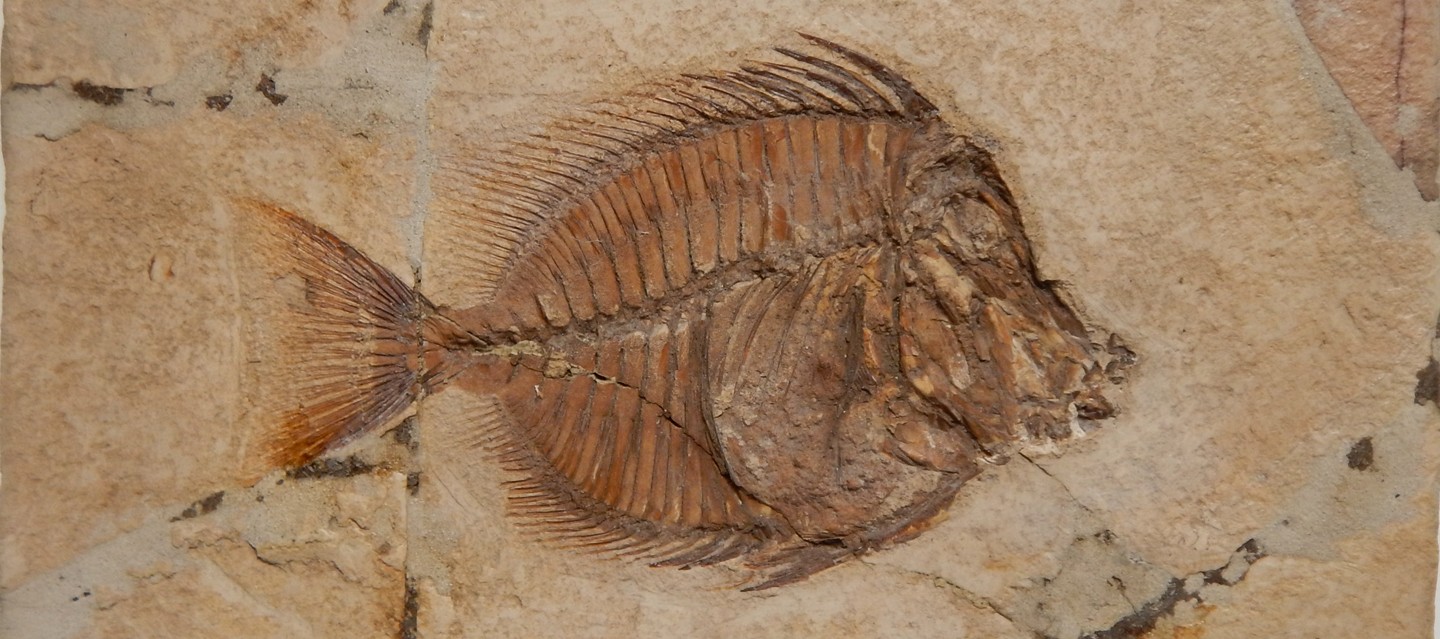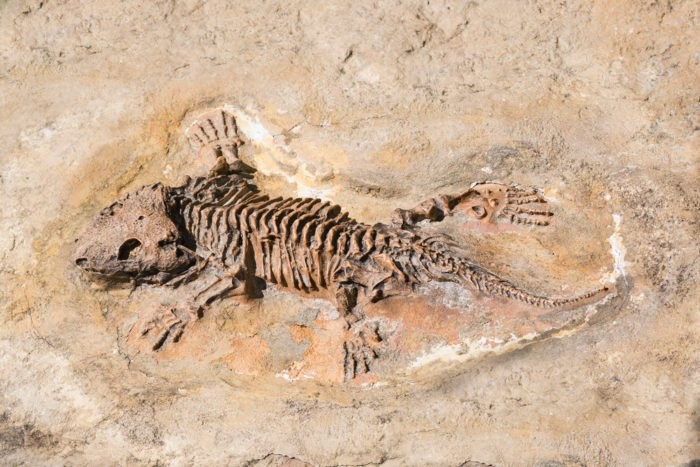Sulla via dei fossili
gallery


description
A dip in the past of 40-50 million years to discover precious fossils. The journey is a journey through time and space, to discover fossils. Our journey starts from the Geo-Paleontological Museum of Roncà and then continues towards the Bolca Fossil Museum and the adjacent Cava della Pesciara. On the way it deserves an intermediate stop at the Basalt columns of San Giovanni Ilarione. The Geo-Paleontological Museum of Roncà, located in one of the municipal premises in Via Garibaldi, Established in 1973 and today houses a collection of several thousand vertebrate and invertebrate fossils from the Roncà area. The Basalt columns of San Giovanni Ilarione are located on the right side of the Val d’Alpone, a rocky wall made up of basalt layers, formed in the middle Eocene, 45 million years ago.
The journey will end inside the Monti Lessini Regional Park where you will find the Bolca Fossil Museum which has enriched museums and collections around the world. It was inaugurated in 1971 and was expanded later. It is mainly the skeletons of fish that represent the greatest richness of the deposit, fish with a strong colouring due to the volcanic territory, but also specimens of the very rare angel fish, a beautiful crocodile, eels, jellyfish and very delicate insects. In addition there are two large aquariums with a Mediterranean and tropical environment that allow the comparison between the current wildlife in this area with the wildlife from 50 million years. In addition, an obligatory stop is the Cava della Pesciara and the Monte Postale, which are two of Italy's most famous and important fossil deposits, they are just a few hundred metres apart. The Pesciara can be considered the symbolic deposit of Italian Paleontology and certainly one of the richest and most important Eocene fish deposits in the world, it houses numerous fossils (more than 100,000)
